“Bark Rhythms: Contemporary Innovations & Ancestral Traditions” will be on view at Niza Knoll Gallery, 915 Santa Fe Drive in Denver from October 4–October 26, 2024. Sponsored by North American Hand Papermakers (NAHP) and Robert C. Williams Museum of Papermaking, Bark Rhythms features 19th–21st-century examples of hand-beaten bark paper, barkcloth, and traditional beaters, paired with the work of contemporary artists from global communities who use bark fiber materials and techniques in inventive and unexpected ways.
The exhibition first opened at the Robert C. Williams Museum of Papermaking in Atlanta, Georgia, in the spring of 2024, and will travel to Denver to be on display in conjunction with the North American Hand Papermakers' annual conference in October. The show is curated by papermakers Jill Powers and Lisa Miles as part of NAHP's second Guest Curated Exhibition Triennial. Additional support provided by AMINEF (American Indonesian Exchange Foundation) and individual donors.
Conference attendees and the public are invited to an Artist Reception on Friday, October 18th, 5–8 pm. The show will also open to view during the First Friday Art Walk, October 4, 5–9 p.m. and during regular business hours, Thursday–Sunday 1–4 pm.
Bark paper and barkcloth are created by beating the cooked or fermented inner bark of certain trees, most commonly Mulberry and Ficus, with a hand-held beater shaped from natural materials, such as stone, wood, or metal. The fiber undergoes successive beating on a wooden surface until reaching the desired size, after which it is dried. In the world of handmade paper, the definition of paper has venerated European and Asian traditions, which use moulds to form sheets with macerated pulp. This narrow definition has diminished the cultural significance of barkcloth by categorizing it as “proto-paper,” while simultaneously classifying bark paper as “not paper.”
Bark Rhythms seeks to honor Indigenous beaten bark fiber traditions that have been undervalued or excluded from scholarship and exhibition within the field of paper making and beyond. Highlighting the manifestation of these ancient traditions in distinctive, contemporary art practices, this exhibition draws connections between bark paper and barkcloth, and shines a light on makers who maintain a deep respect for their origins, materials, tools, and techniques. This international exhibition marks the first time many of these artists have shown their work in the United States. While not comprehensive worldwide, Bark Rhythms specifically delves into bark paper and barkcloth traditions from Mexico, Hawai'i, the Polynesian Islands, Indonesia, and Central Africa. Not included within the exhibition's scope are regions such as Taiwan, China, Costa Rica, Panama, Peru, and others, all with discreet historical traditions of bark paper or barkcloth production.
The exhibiting artists are Adnan Rusdi, Bobby Britnell, Cekouat Elim León Peralta, Cora-Allan, Dalani Tanahy, Dime Maria, Enrique Chagoya, Faris Wibisono, Fred Mutebi, Gaal Cohen, Jennie Frederick, Lehuauakea, Maribel Portela, Mufid Sururi, Novieta Tourisia/Cinta Bumi Artisans, Sheila Nakitende, Tedi Permadi.
Co-curator Jill Powers is a paper and book artist, primarily working with hand cast and beaten bark fiber. Her work takes the form of sculpture, installation art, and book arts, to focus on environmental themes. Powers has an MEd/Fiber from Tyler School of Art in Philadelphia, with additional studies at University of the Arts, and Pyramid Atlantic. She lives in Boulder, Colorado, where she taught at Naropa University for 20 years, founding courses in 3D Ephemeral Media and Eco Art. Art residencies include two Terraphilia Residencies, and a Bloedel Reserve Residency. Her work can be found in the Lieberman Collection, Bainbridge Island Museum Book Arts Collection, and the RCW Museum of Papermaking, in addition to many private and public collections. She has taught bark fiber courses at the Sitka Center for Art and Ecology in Oregon, the Honolulu Museum of Art in Hawai'i, the Denver Botanic Gardens, and the Museo de las Americas, Denver.
Co-curator Lisa Miles is a papermaker and book artist who creates one-of-a-kind, hand-beaten bark paperworks. Originally from New England, Miles is based in Santa Fe, New Mexico. She holds an MFA in Book Arts from the University of Iowa Center for the Book, a BFA in Graphic Design from the New England School of Art & Design, and an AA in Printmaking from the Santa Fe Community College. In 2016, she researched papel amate in Mexico, with support from a University of Iowa Stanley Graduate Award for International Research. In 2017–2018, she received a Fulbright Arts Research Grant for her project, “Bark Paper, Plant Dyes, and Book Arts in Indonesia,” where she studied daluang bark paper in Java and fuya barkcloth in Sulawesi. In 2018, Miles was awarded the Holle Award for Excellence in Book Arts from the University of Alabama. Her work is held in public and private collections, including the British Library, Fisher Fine Arts Materials Library, and University of Denver Special Collections, among others.

